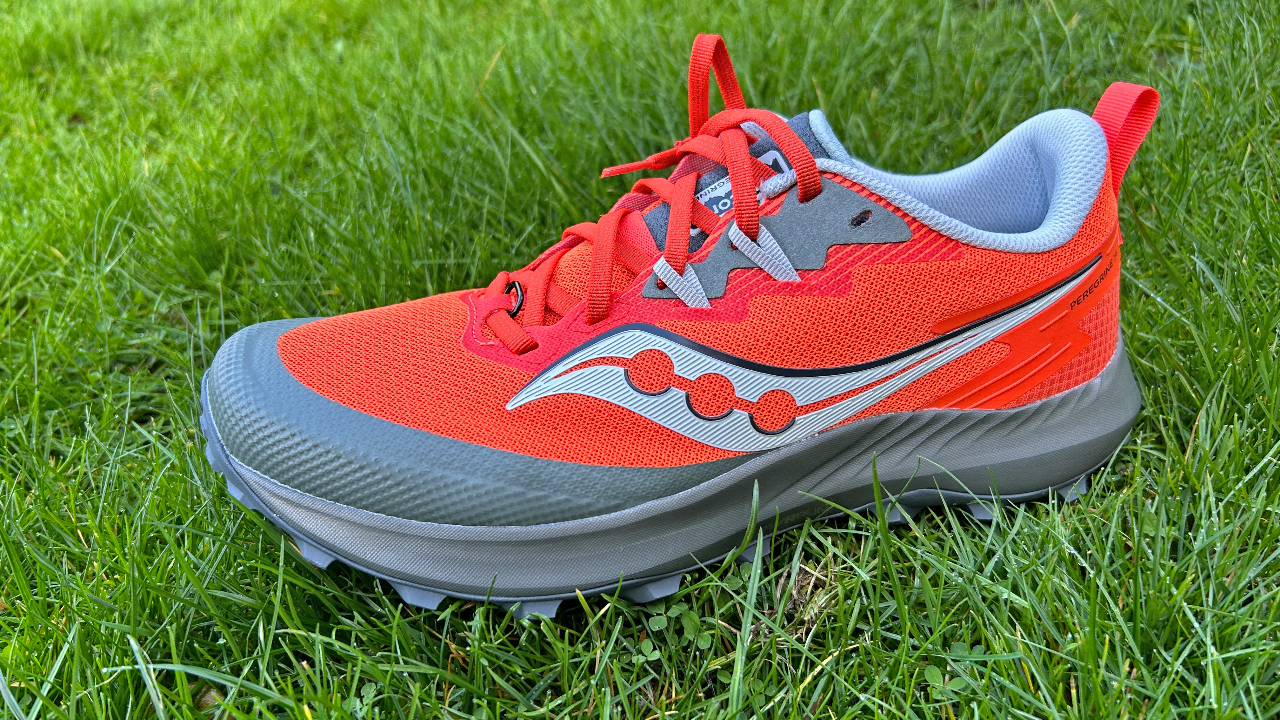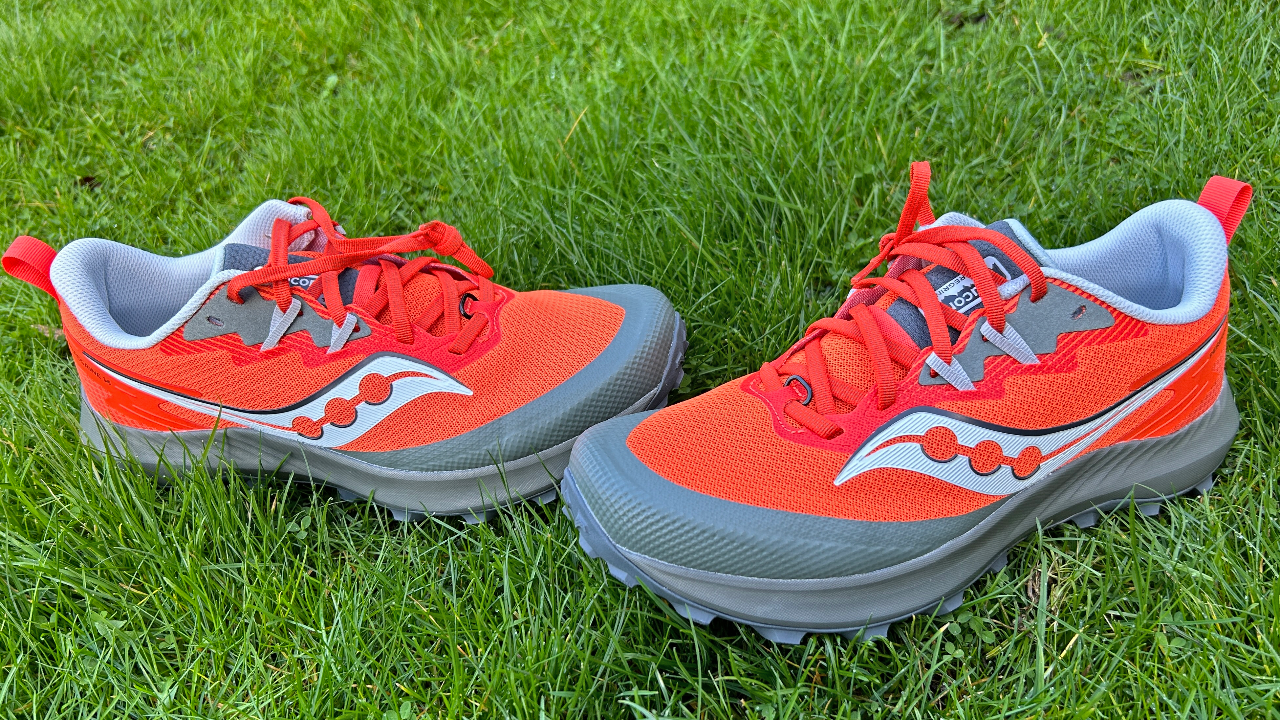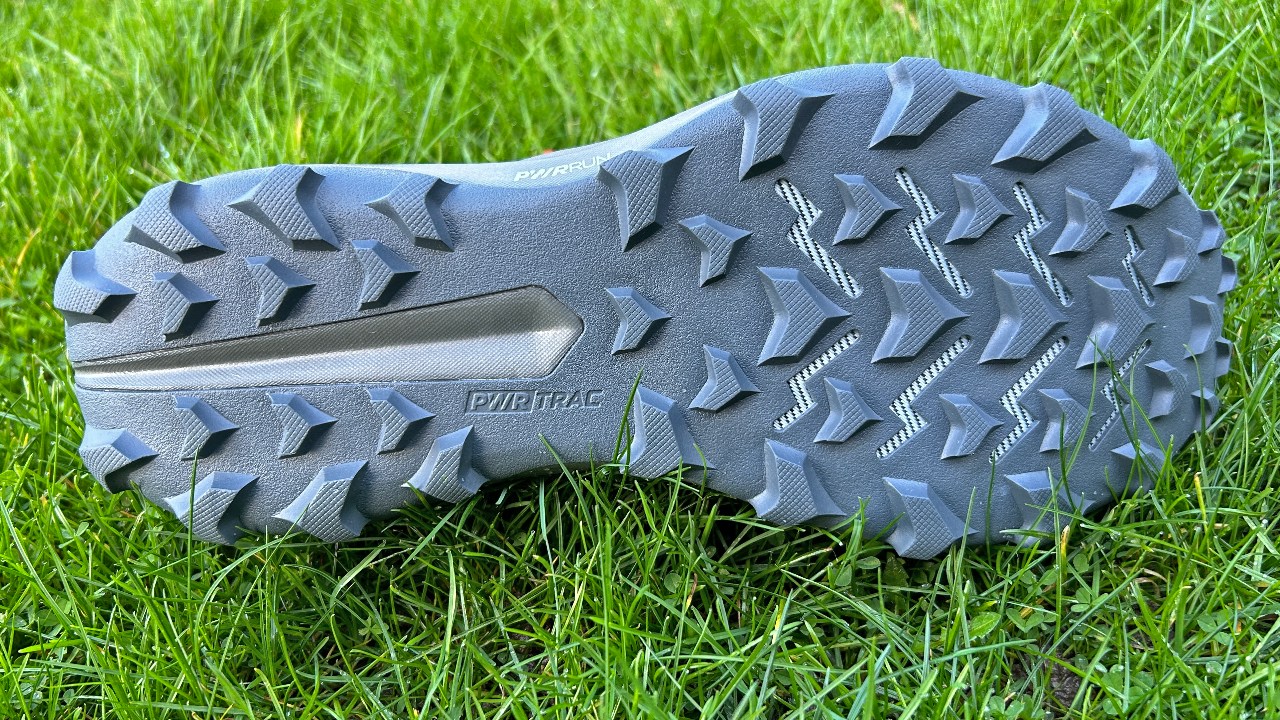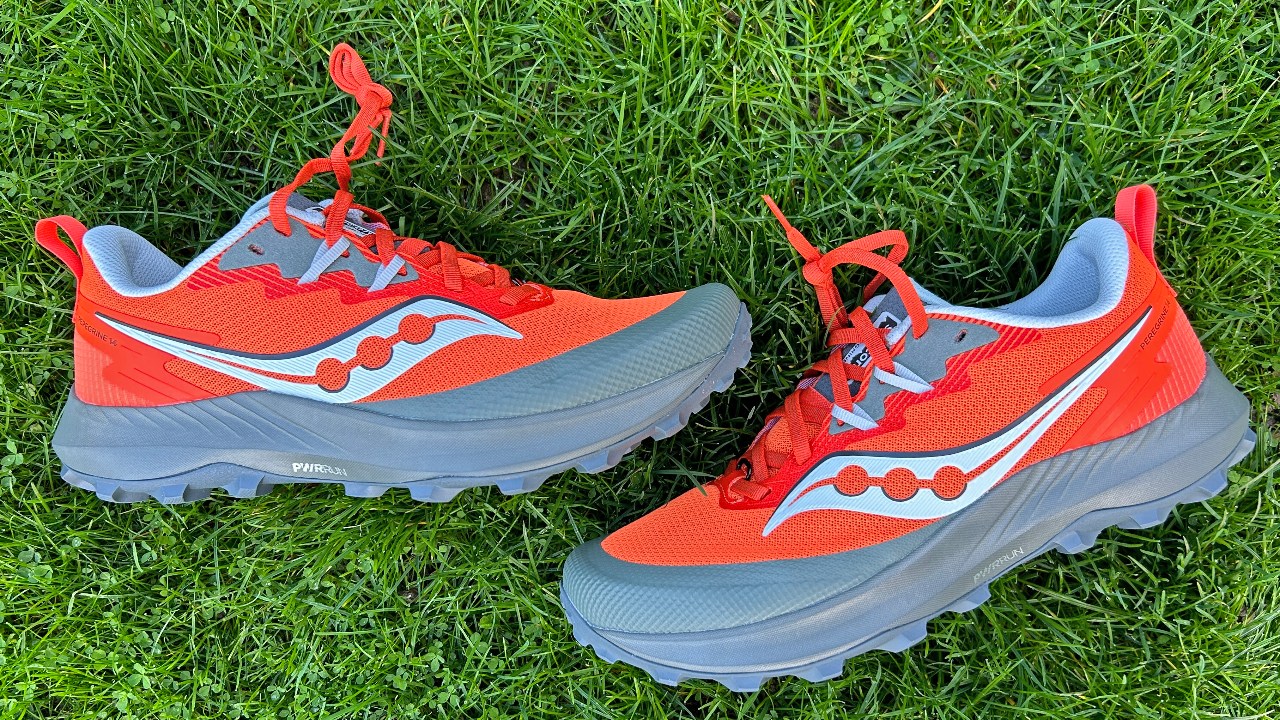
The Saucony Peregrine line has been a fixture on my round-ups of the best trail-running shoes, and the Peregrine 14 lives up to the high standards of its predecessors by being an excellent off-road shoe that’s comfortable on a variety of terrains. However, it’s also similar to the Peregrine 13, so the better value is to be found in hunting for a deal on the older shoe.
Saucony Peregrine 14: Price And Availability
The Saucony Peregrine 14 launched in February 2024 and costs $140 in the US and £135 in the UK. That’s the same price as the Peregrine 13 in the US, but a £5 rise in the UK. There is also a Gore-Tex version of the shoe with a waterproof upper that costs $160/£155.
How I Tested This Running Shoe

I’ve run 35 miles in the Peregrine 14, mostly on muddy forest tracks and grass, with stints on harder, gravel trails and the road. I have also tested several past versions of the Peregrine, including the Peregrine 12 and Peregrine 13 GTX, as well as a range of the best trail-running shoes from other brands.
Design And Fit
The main changes to the Peregrine 14 are all in the upper, which has a more comfortable tongue and has been tweaked to offer better debris protection. I tested the Gore-Tex version of the Peregrine 13 so can’t precisely compare the uppers between the generations, but it doesn’t seem like an alteration that will make a huge change to many runners.
It’s a good upper and the fit was comfortable and secure in my usual running shoe size—the same I’ve used for several generations of the Peregrine. A toe bumper protects the foot from inadvertent contact with roots and rocks, and the padding around the collar and tongue is comfortable and helps to hold the foot in place when pounding down hills.
As with the Peregrine 13, the 14 has a midsole made from Saucony’s PWRRUN foam, with a PWRRUN+ sockliner that’s softer and bouncier than the midsole foam. Saucony says the PWRRUN foam on the 14 is softer to increase the comfort of the new shoe on long runs. The stack height is 28mm at the heel and 24mm at the forefoot for a 4mm drop, which is enough cushioning for longer runs while allowing you to feel nimble on zigzag trails. There is a rock plate under the midsole to protect the foot on rocky trails.
The Peregrine 14 weighs 10.4oz/295g in my UK size 9, which isn’t especially light, though it’s not heavy—especially considering the 5mm chevron lugs on the PWRTRAC outsole. These bite well into soft ground and also stick well to harder surfaces, even in the wet. They are the key to the Peregrine 14’s all-terrain versatility.

Running Performance
I’ve long heralded the Peregrine as an all-round trail shoe that can handle the bogs seen on many trails during the British winter. This remains true for the Peregrine 14. It’s also comfortable on harder, dry ground and rocky trails, and the outsole grips well on soft stuff, even when the mud is deep.
During testing the Peregrine 14’s outsole also shed mud pretty well during runs, which is important in maintaining good grip and not getting too heavy by picking up chunks of mud. I’d opt for a more mud-focused shoe with 8mm studs for fell running or cross-country—when you’ll spend almost your entire time on grass and mud— but the Peregrine 14 handles most soft ground you’re likely to come across on runs, and is more comfortable and grips better on hard trails.
My longest session in the shoe was a 90-minute easy run on forest trails, covering around 12 miles at the end of a big week of marathon training. The shoe was comfortable throughout, and I’ve found it protects the legs well on recovery runs the day after a workout, but I don’t think it’s notably softer than the Peregrine 13. If you’re lining up long trail runs like ultramarathons, then the more cushioned feel of some shoes, like the Saucony Xodus Ultra 2, may be preferable.
The Peregrine 14 is a pretty nimble shoe that feels lighter than its weight when running fast down hills or along twisty single-track paths. It’s not light enough that I’d use it for short trail races, when I’d prefer a shoe like the Inov-8 Mudtalon Speed, but for longer events on mixed terrain the Peregrine 14 is a good trail-racing option.
Is The Saucony Peregrine 14 Worth It?

The Peregrine is an easy shoe to recommend to people looking for a general trail shoe, and indeed it’s the one I most often suggest to friends and family when they ask for a tip. It can handle mud and frozen ground in winter, and is comfortable on hard and dry trails.
It’s also a shoe that’s often in sales, especially if you opt for an older version, which is what I’d do right now. The Peregrine 14 is an outstanding trail shoe but similar to the Peregrine 13, which is being widely discounted at the time of writing.
Other good all-round trail shoes include the Saucony Xodus Ultra 2, which is more cushioned and bouncy than the Peregrine, and the Puma Voyage Nitro 3, another comfortable and good-value shoe with an outsole that can handle most trails.







